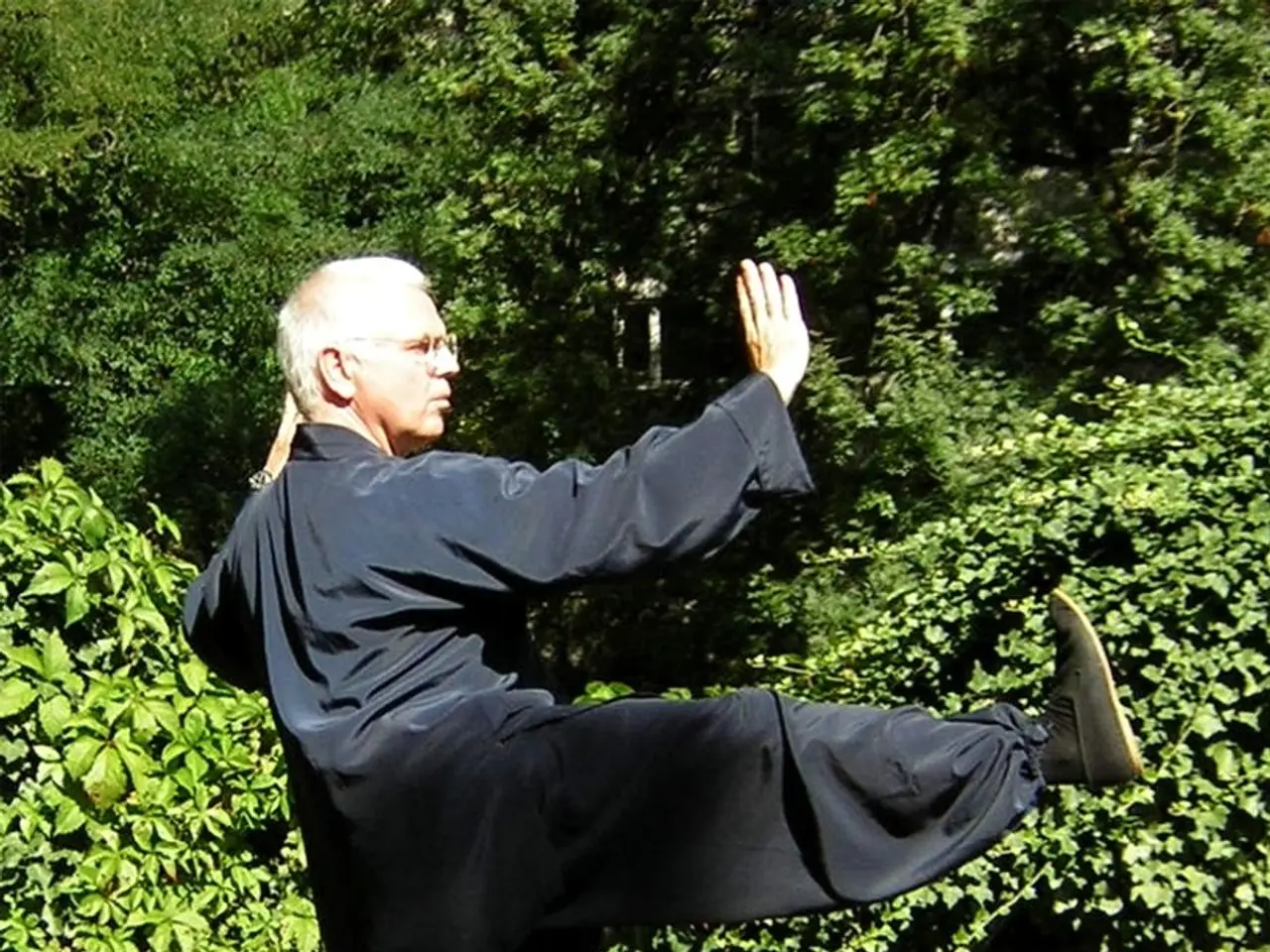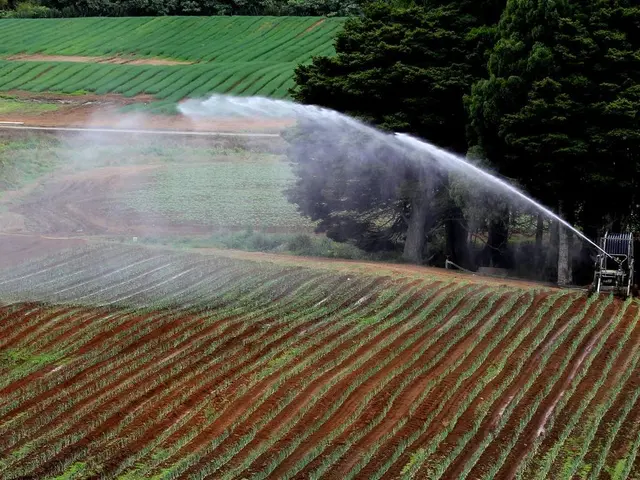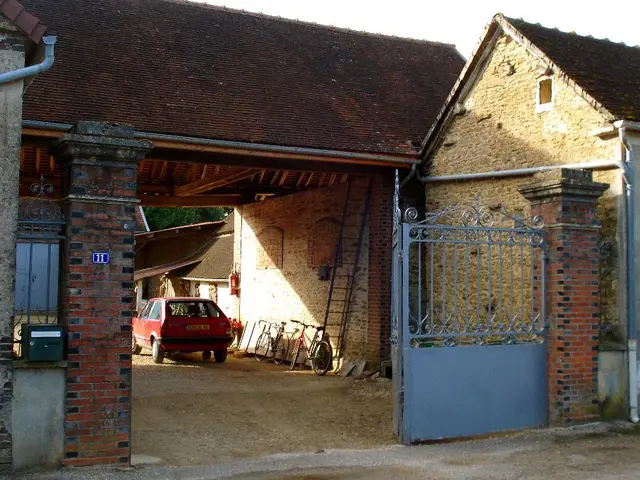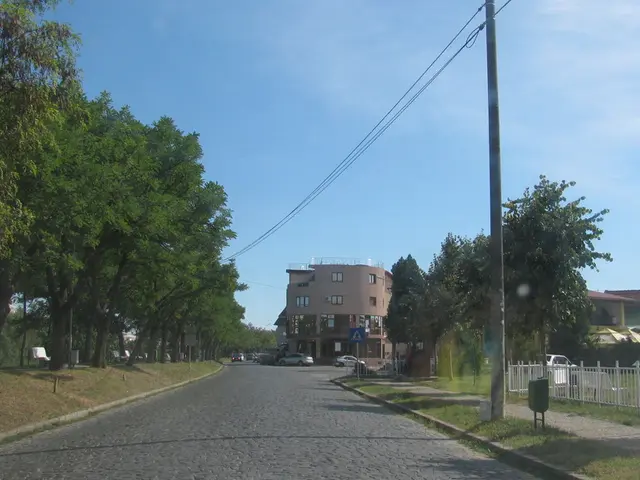Permaculture Specialist Educational Program: Acquiring Knowledge and Certification
In the realm of sustainable living, permaculture teachers play a pivotal role in fostering community engagement and promoting ecological design. To become a certified permaculture teacher, one must embark on a journey that encompasses practical experience, advanced training, and formal certification.
First and foremost, a Permaculture Design Certificate (PDC) course is the foundational step. This 72-hour to 96-hour course covers ethical principles, ecological design, soil science, gardening, natural building, and more. For instance, the Cincinnati Permaculture Institute offers an immersive 96-hour PDC over 12 months, focusing on ethical mindsets and ecological skill sets [1].
Next, gaining practical experience is crucial. Aspiring teachers usually intern, apprentice, or work in permaculture farms and communities to apply permaculture principles in real-world scenarios [3][4].
Advanced permaculture training or teacher training programs provide opportunities for continuing education and advanced training in ecological design. These programs empower the next generation of practitioners to promote sustainable living and ecological design [5].
As new teachers, they often co-teach or assist established permaculture teachers to acquire classroom experience and receive mentorship.
Finally, formal certification as a permaculture teacher may be offered by permaculture networks or recognized institutes based on demonstrated knowledge, teaching ability, and endorsements. The certification process can vary by organization, with some requiring portfolios, references, or a certain number of conducted courses [5].
The core of permaculture is based on three main ethics: caring for the earth, caring for people, and fair share, which guide the design and implementation of permaculture systems. New areas in permaculture education like regenerative agriculture and agroforestry are gaining attention.
In-person training provides hands-on experience and direct interaction with instructors, while online courses offer flexible learning and accessibility from anywhere. The choice between online and in-person training depends on individual learning preferences.
Permaculture teachers lead workshops, offer personalized guidance, and work with local organizations to promote sustainable living. Joining a permaculture professional network offers access to a global community of practitioners and experts.
With internationally-recognized certificates, such as the Permaculture Design Certificate and Permaculture Teacher Certificate, individuals can develop professional skills to work in an educational setting. Permaculture teacher training programs provide skills and knowledge to teach sustainable agriculture courses and promote ecological design education.
The cost for a Permaculture Design Course can range from AU$1500 to AU$2500. To support various demographics, including women, young people, indigenous students, and refugees, permaculture teacher training programs offer Fair Share scholarships.
Over 2,500 people participated in the first International Permaculture Festival of Ideas, and Morag Gamble's Permaculture Life YouTube channel has over 125,000 subscribers, demonstrating the growing interest in permaculture education.
In conclusion, the pathway to becoming a certified permaculture teacher involves starting with a full PDC course, gaining hands-on experience, pursuing advanced training or teacher training, building teaching experience under mentorship, and then seeking formal certification through established permaculture organizations. This process ensures both deep practical knowledge and the ability to teach permaculture effectively.
[1] Cincinnati Permaculture Institute: https://cincinnatipermaculture.org/ [3] Permaculture Institute: https://permacultureinstitute.org/ [4] Permaculture Research Institute: https://www.permacultureresearch.org/ [5] Permaculture Women's Guild: https://permaculturewomensguild.org/
- Educational ethics in permaculture design include caring for the earth, caring for people, and fair share, guiding the creation and implementation of permaculture systems.
- Advanced training or teacher training programs are integral for the continuous education and advanced skills of future permaculture teachers, enabling them to promote sustainable living and ecological design.
- To complement their practical experiences, new permaculture teachers often co-teach or assist established teachers for classroom experience and mentorship.
- Formal certification as a permaculture teacher is offered by recognized institutions, requiring demonstrated knowledge, teaching ability, and endorsements, ensuring both practical knowledge and effective teaching techniques in permaculture education.







